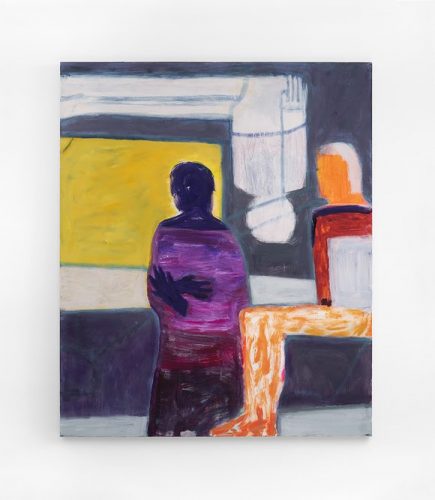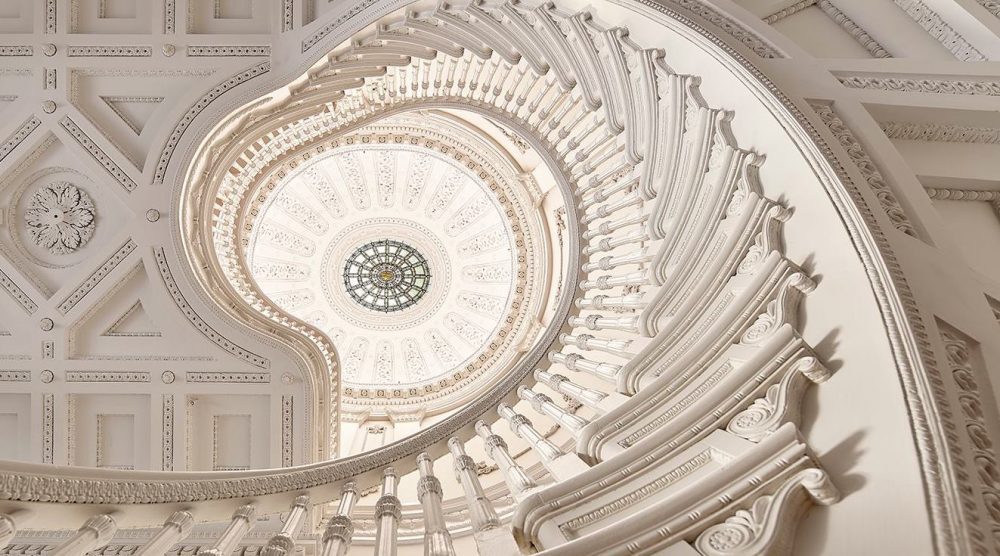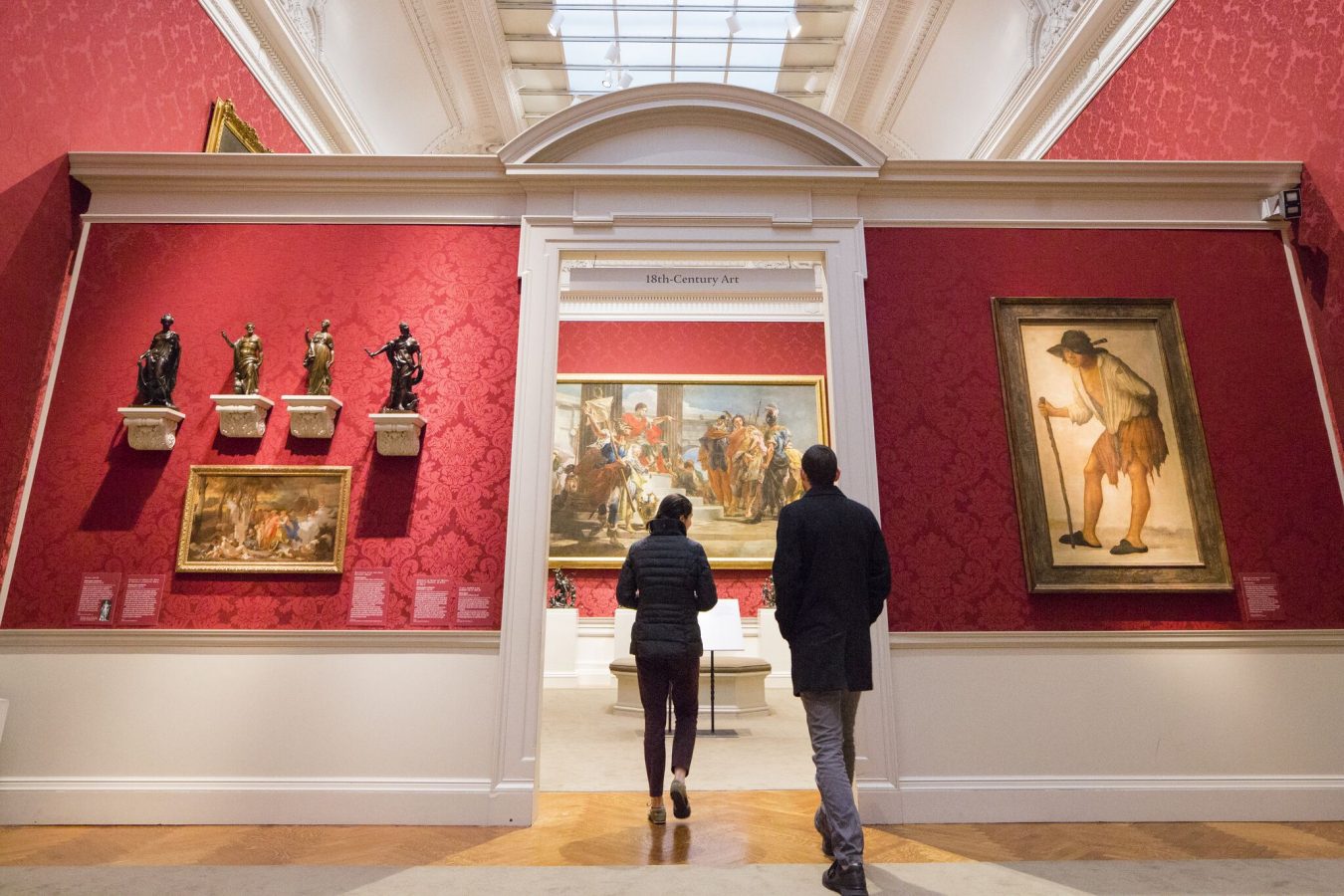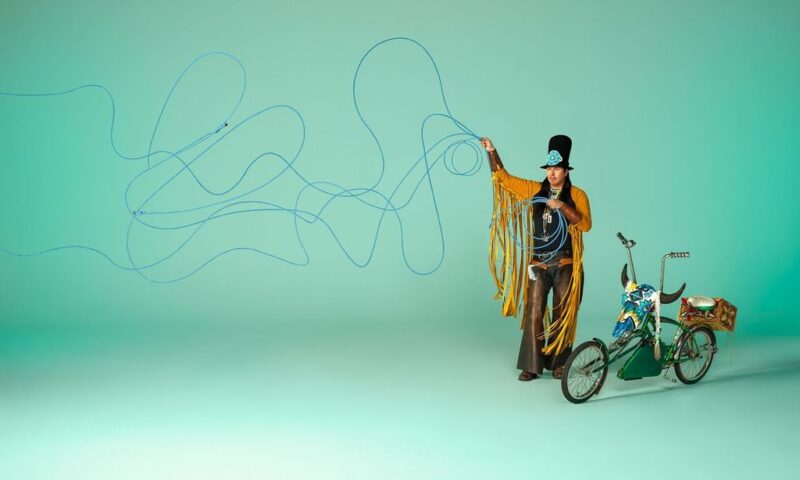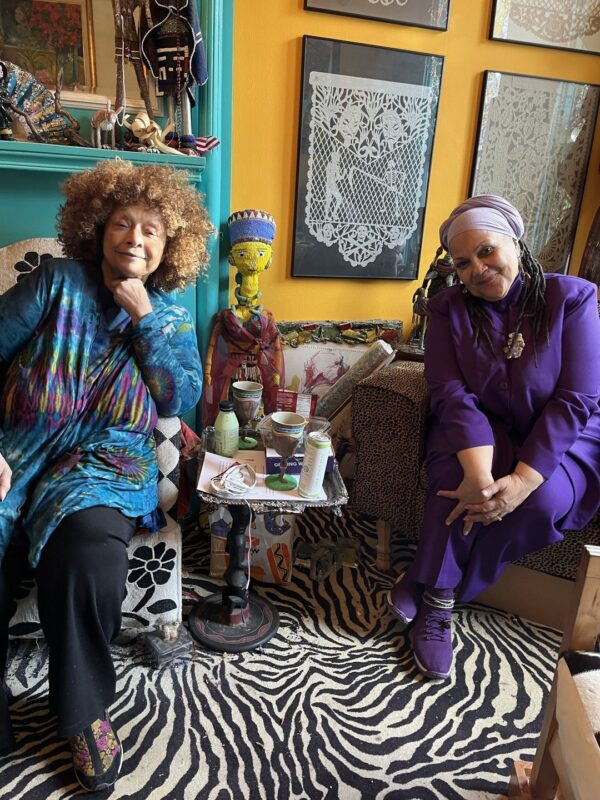Walters Art Museum staff within the security, visitor experience, curatorial, conservation, collections, and education departments, among others, announced their intent to unionize with the American Federation of State, County and Municipal Employees Council 67, as part of the Cultural Workers United campaign. Organizers from Walters Workers United, created in January as first reported by the Baltimore Fishbowl, say that “the health and safety of employees, transparency, pay equity, and the museum’s top-down decision-making” are among the primary concerns they want to address.
The goal is to form a wall-to-wall union representing workers in nearly every aspect of museum operations. “We’ve got conservators, we’ve got people working in security who are on the floor, we’ve got frontline workers, educators, administrative staff,” says Elizabeth Norman, an Assistant Manager of Gallery Experience in the visitor experience department, one of the organizers. “There’s just a huge variety.”
Museum leadership has not voluntarily recognized the union this week, explaining that it’s important for employees to make their own independent decision. In an emailed statement, director Julia Marciari-Alexander said that at a staff meeting they discussed staff’s intent to form a union and shared the Walters Workers United website, as well as a letter she’d received from the organizing committee.
“I think it is important that each staff member—and especially those who would be eligible to join a union—have the opportunity to see this information for themselves,” her statement said. “I also reiterated that we respect the rights of our employees to consider unionizing and think that their ability to vote their preference on this issue is essential. In that context, I affirmed that voluntarily recognizing the union would be inappropriate, because the critical voice and decision here belongs to the employees themselves through a confidential vote managed by the National Labor Relations Board.”

